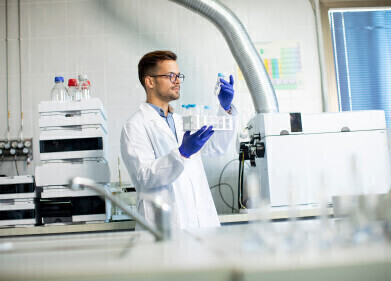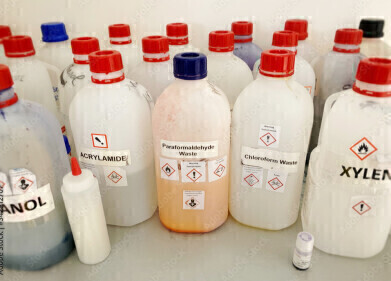Supercritical fluid (SFC), green chromatography
Does Each Wine Have a 'Fingerprint'? - Chromatography Investigates
Sep 02 2019
Like many consumer goods that are sold around the world, there is a growing market in the sale of fake wine. This is not a case of opening a bottle of white wine and finding out you’ve bought an expensive bottle of water - but rather, thinking you have bought a rare vintage wine and finding that you have actually bought cheap plonk.
A case in the US recently saw a wine fraudster sent to prison for 10 years for selling over $20million of fake wines. Researchers are continually looking for new methods to find fakes and deter fraudsters. And one method could be taking the fingerprints of wine. And chromatography could be at the heart of making sure that you get the vintage you paid for when you buy an expensive bottle of wine.
Terroir makes a difference to chemical make up
Terroir is the sum of all the environmental factors that can affect the grape’s and wine’s phenotype. This can include environmental factors like temperature and amount of sunlight, specific farming practices including details such as when to prune or harvest the grapes, winemaking practices such as barrel type and temperature, and where a crop grows - its growth habitat - with influences like which way a slope faces and the type of soil. All of these factors - and many more - come together to define a wine’s terroir.
These environmental factors lead to the different wines we find around a country like France for example. In fact, terroir is partly behind the way France regulates its wine and how it can be described. The appellation d’origine contrÈlée or AOC is based on terroir as it presumes that the land on which the grapes are grown impart a unique quality to both the grapes and the wine. And it is these differences that can be utilised by science to fingerprint each individual wine.
Fingerprints of wine
There are several different chemical signatures that researchers have focussed on as they determine methods that can be used to identify the unique properties of wines from different regions of the world. Researchers in Australia have developed methods that can identify the wine using isotropic analysis, using the isotopes of strontium which are good at distinguishing between the different types of groundwaters in different geographical regions.
A recent study in Europe has looked at fingerprinting wine by using the different metabolites present in the wines by analysing the wine using liquid chromatography-mass spectromentry (HPLCxIMS-TOFMS). New chromatographic methods are developing continually as researchers stretch the boundaries of technology - consider the advances in SFC described in the article, SFC-MS versus LC-MS - advantages and challenges.
The analysis of wines has shown that it is possible to analyse wines and determine the differences due to terroir. Whilst the differences between an east slope and a west slope might be lost on your nose and tongue - at least chromatography can tell the difference.
Events
May 11 2025 Vienna, Austria
May 18 2025 Tempe. AZ, USA
May 21 2025 Birmingham, UK
Jun 01 2025 Baltimore, MD, USA
Jun 15 2025 Bruges, Belgium














